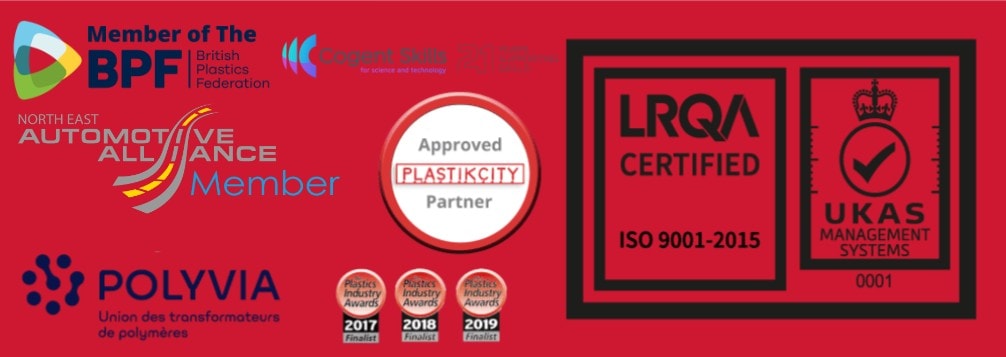Article Contents
Introduction
The plastics industry is at a pivotal juncture, facing an evolving regulatory landscape, particularly regarding single-use plastics. This shift is critical to navigating regulatory changes in the plastics industry. This article examines the implications of these regulatory changes and how companies adapt their materials and packaging strategies for compliance and sustainability. Emphasizing “Navigating Regulatory Changes in the Plastics Industry,” we explore the challenges and opportunities these changes present and the strategies companies employ to stay ahead.
The Shift in Regulatory Landscape
- Global Trends in Single-Use Plastics Regulation: An increasing number of countries are implementing strict regulations on single-use plastics. These range from complete bans to restrictions and taxes to reduce plastic waste. Companies must now navigate these varied regulations to maintain market access and compliance.
- Impact on Material and Packaging Strategies: Businesses are reassessing their use of plastics in packaging, transitioning towards materials that comply with new regulations. This shift is a regulatory response and a strategic move towards sustainability.
Strategies for Compliance and Sustainability
- Innovative Material Alternatives: Companies are exploring biodegradable, compostable, and recycled materials as alternatives to traditional plastics. This includes investment in research and development to find viable, cost-effective options that meet regulatory and customer demands.
- Design for Sustainability: There is a growing trend towards designing products and packaging with sustainability in mind. This includes considerations for the entire product lifecycle, from production to disposal or recycling.
- Collaboration and Partnerships: Companies are increasingly collaborating with government bodies, industry partners, and NGOs to stay ahead of regulatory changes and contribute to shaping sustainable policies.
Overcoming Challenges and Embracing Opportunities
Adapting to regulatory changes poses challenges, such as increased costs and the need for innovation. However, it also presents opportunities for companies to lead in sustainability, improve brand image, and appeal to environmentally conscious consumers.
Conclusion
As the regulatory landscape continues to evolve, it becomes increasingly important for the plastics industry to navigate these changes adeptly. Consequently, companies that proactively adapt their strategies to comply with regulations, mainly focusing on embracing sustainability, will be significantly better positioned for long-term success. In essence, this proactive approach ensures compliance and drives innovation and sustainable growth in the industry.




